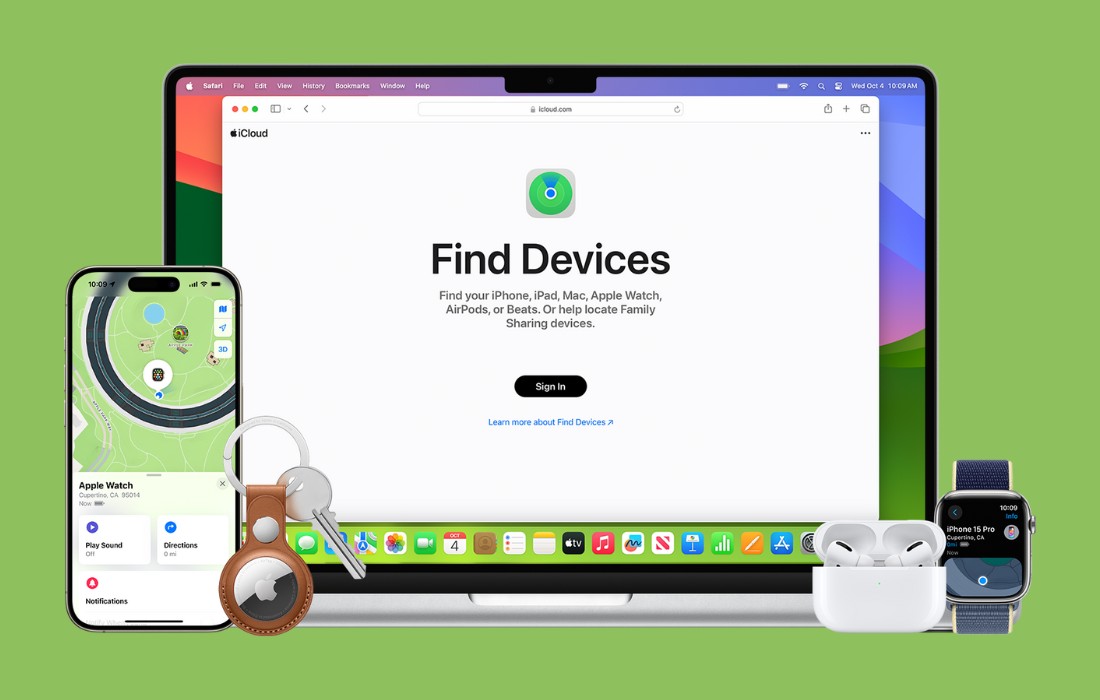In today’s connected world, routers are essential devices that facilitate our access to the internet. They play a crucial role in managing network traffic and connecting various devices within a network. Here’s a closer look at how routers work, how to monitor network activity, and how to protect your privacy online.
How Do Routers Work?
Routers are central to both local area networks (LAN) and wireless local area networks (WLAN). Here’s a brief overview of their functions:
- Signal Distribution:
- From Modem to Devices: Routers take the internet signal from a cable or DSL modem and distribute it to multiple devices through wired (Ethernet) or wireless (Wi-Fi) connections.
- Network Connectivity: They create a network that connects all devices within the range, allowing for communication and resource sharing, such as printing or file transfers.
- Network Management:
- Traffic Routing: Routers manage and direct data packets between devices and external networks, ensuring efficient traffic flow.
- Access Control: They can enforce rules like bandwidth limits and website access restrictions.
Can People See What I’m Doing on a Network?
Yes, network administrators or individuals with access to the router’s settings can monitor internet activity. They can track:
- IP Addresses and URLs: Details about the sites visited and the corresponding IP addresses can be seen.
- Router Logs: These logs record network activity, including the times and websites accessed by various devices.
However, they generally cannot view the exact content of emails or pages, just the metadata.
How to Monitor Internet Activity Using a Router
Monitoring router activity can be done through the router’s administrative interface:
- Access the Router Dashboard:
- Open Browser: Enter the router’s IP address in your web browser (often found in network settings).
- Log In: Use the admin credentials, typically found on the router or in the documentation.
- View Logs:
- Navigate to Logs: Find the log settings or activity viewer in the router’s dashboard.
- Enable Logging: Some routers require you to enable logging to view internet history.
- Track Specific Users:
- Identify Devices: Go to the Attached Devices section to find IP addresses and device types.
- Check Logs: Match IP addresses to logs to see the browsing activity of specific devices.
What If You’re Not an Admin?
If you do not have administrative access, monitoring network activity becomes more challenging:
- Network Visibility: Check your network settings for any discoverable devices. In Windows 10, you might see which devices are visible on the network.
- Advanced Tools: Use network monitoring tools like Windows Server Event Viewer, though these require advanced knowledge.
Enhancing Your Internet Privacy
To protect your privacy and secure your online activities:
- Use a VPN (Virtual Private Network):
- How VPNs Work: VPNs encrypt your internet connection and mask your IP address, making your online activities private and untraceable.
- Benefits: They prevent others from monitoring your browsing activities and safeguard your personal information, especially on unsecured networks.
- Secure Your Wi-Fi Network:
- Change Default Settings: Update default router passwords and enable WPA3 encryption.
- Regular Updates: Keep your router’s firmware updated to protect against vulnerabilities.
Conclusion
Routers are vital for internet connectivity and network management. Understanding how they work and how to monitor network activity can help you manage your network effectively. However, for enhanced privacy, using a VPN is a crucial step to protect your online activities from prying eyes. By taking these precautions, you can ensure a safer and more secure internet experience.












